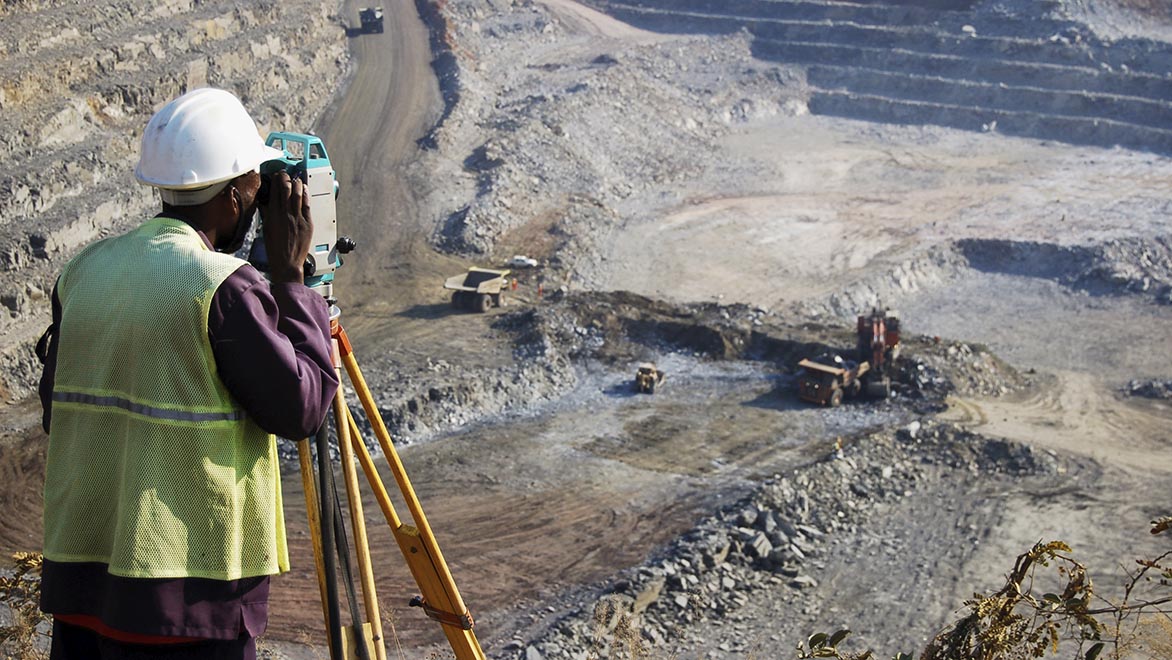Just How Consulting Engineers Enhance Geotechnical Engineering Projects: Insights Into Their Experience, Methodologies, and Collaborative Approaches
Consulting engineers are essential in enhancing geotechnical design tasks, applying their specialized knowledge to navigate the intricacies of subsurface problems. Their approaches encompass a series of website investigation methods, consisting of Criterion Infiltration Examinations (SPT) and Cone Infiltration Tests (CPT), which notify essential decisions throughout the layout and construction phases. Moreover, their collaborative strategies foster interaction amongst diverse task stakeholders, ultimately forming the project's trajectory. As we take a look at the diverse functions these experts play, it comes to be clear that their contributions prolong past technological know-how, prompting a better consider the ramifications for job success.
Function of Consulting Engineers
The proficiency of seeking advice from engineers in geotechnical design is fundamental to the successful execution of construction jobs. These experts play an essential function in examining soil and rock residential properties, which are vital elements affecting design and building and construction decisions. By conducting extensive site examinations, getting in touch with designers collect important information that notifies the style process, ensuring projects are built on steady and ideal ground.
Consulting engineers additionally supply indispensable insights right into risk administration (geotechnical geologist). They identify prospective geotechnical risks, such as landslides, soil liquefaction, and settlement problems, enabling stakeholders to apply efficient mitigation approaches. Their proficiency help in enhancing foundation layouts, which can cause significant expense financial savings and boosted safety
Moreover, seeking advice from designers serve as an important web link between job proprietors, designers, and specialists. Their capacity to equate complex geotechnical data into actionable recommendations promotes collaboration and facilitates informed decision-making throughout the task lifecycle. This multidisciplinary method not just improves project efficiency yet additionally ensures compliance with governing criteria and ideal methods.
Trick Techniques in Geotechnical Design

One primary method is site examination, which involves performing area examinations and laboratory analyses to collect information on subsurface conditions. Techniques such as Requirement Infiltration Screening (SPT) and Cone Infiltration Screening (CPT) are commonly made use of to evaluate soil stratigraphy and strength. Additionally, geophysical techniques, including seismic and electrical resistivity studies, provide non-invasive means to evaluate subsurface attributes.
One more essential technique is numerical modeling, which allows designers to replicate different scenarios and predict how soil-structure communications will certainly behave under various loading conditions. Limited Element Evaluation (FEA) is a typical strategy employed in this context.
In addition, the layout of structures, retaining structures, and earthworks depends greatly on these methods - geotechnical geologist. By integrating advanced logical devices with field information, consulting engineers can develop tailored options that deal with particular task challenges, inevitably contributing to the security and security of building projects
Value of Soil Evaluation
Dirt evaluation works as a fundamental element in geotechnical design, supplying important understandings right into the physical and chemical homes of dirt essential for efficient construction preparation. Comprehending dirt attributes is vital for identifying its load-bearing capacity, water drainage habits, and capacity for settlement or instability. Comprehensive soil examinations, including tasting and laboratory testing, assistance recognize parameters such as soil type, dampness web content, thickness, and shear stamina.
These evaluations notify the option of appropriate building methods and products, ultimately affecting job security and durability. Cohesive soils might need different foundation designs compared to granular soils, requiring tailored design options. Moreover, soil analysis aids in recognizing impurities that could position threats to human health or the environment, permitting the growth of mitigation methods.
Integrating soil analysis into the onset of project development helps to minimize unexpected challenges, guaranteeing that engineers can prepare for and deal with potential concerns before they rise. By developing an extensive understanding of the site problems, speaking with engineers can optimize design effectiveness and lower expenses, therefore enhancing the overall success of geotechnical engineering jobs.
Collective Techniques in Tasks
Effective geotechnical tasks usually depend upon collaborative techniques that bring with each other diverse experience from numerous disciplines. Check Out Your URL Efficient cooperation amongst seeking advice from engineers, rock hounds, ecological researchers, and construction experts is crucial for dealing with intricate difficulties and enhancing task results. By leveraging the distinct abilities and understanding of each team participant, projects can take advantage of a holistic understanding of the website conditions, regulatory demands, and design constraints.
Normal communication and interdisciplinary meetings help with the sharing of insights and promote a culture of teamwork. These collaborative initiatives allow the identification of possible risks early in the project lifecycle, enabling for timely mitigation techniques. Integrating comments from stakeholders, including local neighborhoods and governing companies, ensures that all viewpoints are considered, improving task acceptance and conformity.
Furthermore, the combination of sophisticated technologies, such as Geographic Information Equipment (GIS) and Structure Details Modeling (BIM), more improves cooperation. These tools enable the real-time sharing of data and visualization of geotechnical problems, advertising notified decision-making. Eventually, a collective strategy not only enhances job execution but also lays the structure for ingenious remedies to complex geotechnical engineering obstacles.
Influence on Task End Results

Consulting designers use innovative techniques such as threat assessment and predictive modeling, which boost the precision of project projections. Their capability to integrate cutting-edge modern technologies, like geotechnical instrumentation and data analytics, further fine-tunes the layout and building processes. As a result, tasks experience boosted performance, minimized expenses, and reduced hold-ups.
Moreover, promoting reliable communication and cooperation among team members enhances analytical abilities. When challenges emerge, an unified front permits quick identification of options, protecting against possible obstacles. Inevitably, the collaborative initiatives of getting in touch with designers add to better end results, making certain that projects fulfill both regulatory criteria and client assumptions.
Verdict

Comments on “Project Geotechnical Engineer for Tailored Website Evaluations”